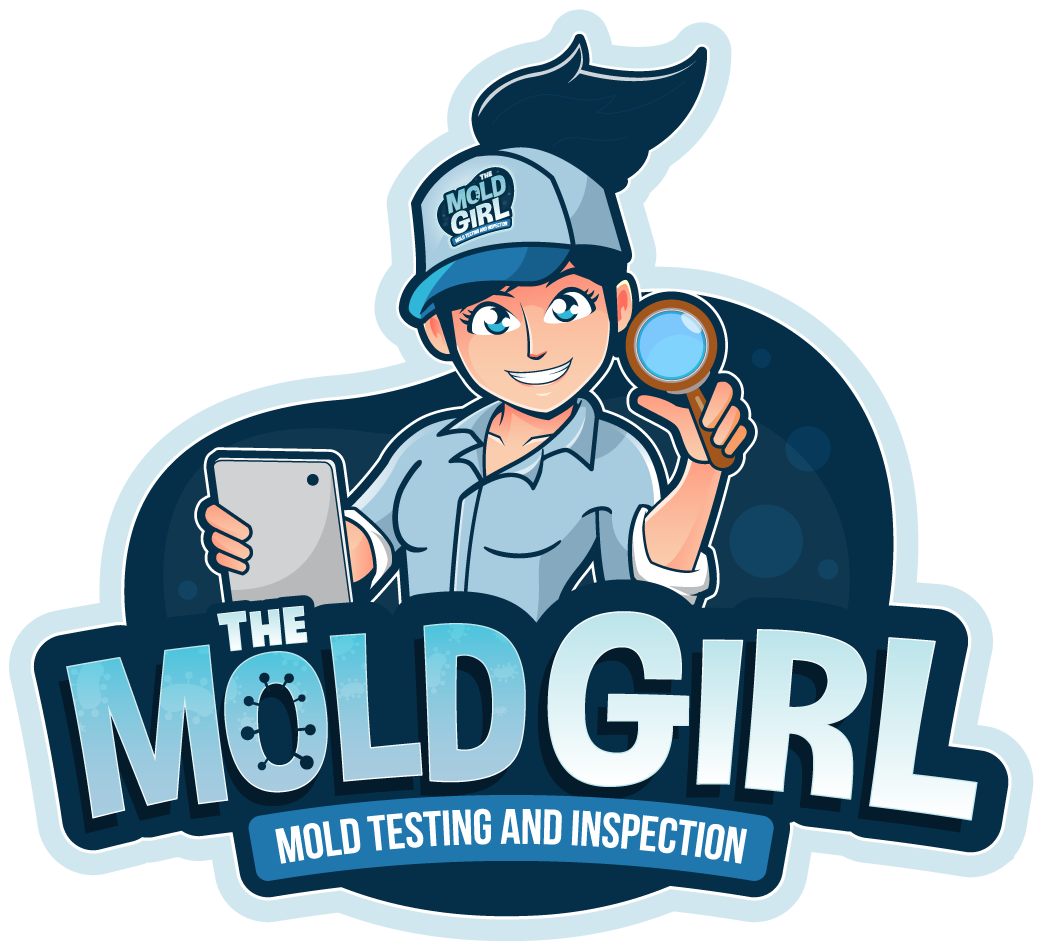Effective Strategies for Residential Water Damage Restoration
GET A QUOTE
Navigating the aftermath of water damage within the confines of one's home can be a daunting journey. However, armed with knowledge and effective strategies, homeowners can reclaim their spaces from the clutches of destruction. In this blog, we delve into a comprehensive guide on residential water damage restoration, exploring proven strategies that not only address visible issues but also tackle hidden challenges, paving the way for a successful and thorough recovery process.
Thorough Water Extraction and Drying Techniques
When water infiltrates a home, its presence can seep into every nook and cranny, causing structural damage and fostering the growth of mold and mildew. To counteract these insidious effects, the first crucial steps in water damage restoration involve water extraction and thorough drying techniques. Water damage restoration professionals employ a combination of advanced tools and methodologies to swiftly remove excess water from various surfaces. Whether it's carpets, hardwood floors, or walls, their arsenal includes powerful pumps, wet vacuums, and specialized equipment designed to minimize moisture infiltration.
However, the removal of visible water is only part of the battle. To ensure a complete restoration, diligent drying techniques take center stage. High-capacity air movers and industrial dehumidifiers come into play, creating a controlled environment that accelerates evaporation and eliminates lingering humidity. This not only prevents the onset of mold growth but also safeguards the structural integrity of the property. The symbiotic dance between thorough water extraction and meticulous drying lays the groundwork for effective restoration, breathing life back into a water-ravaged environment and restoring comfort to its inhabitants.
Comprehensive Mold Inspection and Removal
After the waters of a flood or leak recede, the insidious threat of mold often lingers, imperiling both health and property. This is where the critical phases of comprehensive mold inspection and removal come into play. Mold can flourish in concealed corners, such as within walls or beneath flooring, necessitating the expertise of mold remediation professionals who employ advanced techniques like thermal imaging to identify hidden pockets of moisture and potential mold growth.
Once identified, a meticulously devised removal strategy ensues, prioritizing safety and thoroughness. Protective gear, containment measures, and specialized cleaning agents are employed to mitigate risks while eradicating mold at its source. The removal process goes beyond merely scrubbing surfaces; it includes addressing the root cause of moisture intrusion, thereby preventing future outbreaks. In the intricate ballet of mold inspection and removal, restoration experts safeguard inhabitants' well-being and the integrity of the structure, ensuring that a renewed, mold-free environment emerges from the shadows of water damage.
Preventive Maintenance for Future Water Damage
As the adage goes, prevention is better than cure, and this holds especially true in the context of water damage. To fortify your home against the perils of future water-related disasters, embracing preventive maintenance strategies is paramount. Regular inspections of your home's plumbing, roofing, and foundation can help detect vulnerabilities before they escalate into full-blown emergencies. Identifying and addressing leaks, cracks, or weak points in advance can avert potential water damage scenarios.
Furthermore, proactive measures like installing sump pumps, reinforcing weatherproofing, and ensuring proper drainage systems can greatly enhance your home's resilience against water intrusion. Equipping your space with smart technology that offers real-time leak detection and remote shut-off capabilities can provide an additional layer of protection. By prioritizing preventive maintenance, homeowners not only minimize the risk of water-related catastrophes but also nurture a sense of security and longevity for their living spaces.


